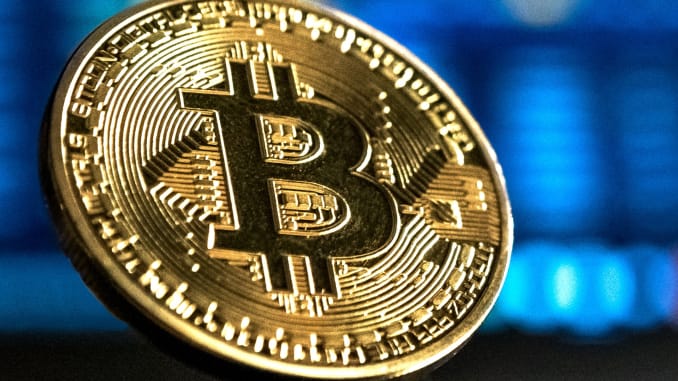Blockchains are used today in many areas of the Internet of Things, but the best-known application is cryptocurrencies. Your data is created and stored in a network by a large number of participants. The cardano dex administration of credits and payments is done decentrally on the computers of the participants (nodes). Account balances and all previous transactions are stored in this blockchain of Bitcoins. It is constantly updated and compared with each other by all participants. Once recorded, data can no longer be changed. The blockchain of cryptocurrencies is encrypted with a public source code so that it can be viewed by all users.
New bitcoins are created by the users themselves through complex computer services. Those who successfully book a transaction receive bitcoins as a reward. Specifically, it works like this:
For a payment, all participants have to solve a complicated computing power. For example, you have to check whether the client has enough bitcoins and you have to link new data blocks of the payment with the old ones and encrypt them in a certain way. Whoever manages this first will be checked by the other participants. Only when the correctness has also been confirmed by you, the payment is stored in a digital general ledger (the blockchain), which can be viewed by everyone at any time. The general ledger is regularly saved on their computers by all participants. Nobody can delete it or replace it with incorrect data.

This system ensures at all times that all transactions in the general ledger are complete, correct and confirmed by everyone. This means that there is a copy even if it is lost. As a result, all participants have confidence in correct bookkeeping and in the common currency system.
This prospecting is associated with a high level of technical know-how and computer equipment. Producing bitcoins on the home PC was only possible in the early days. Today the demands on computing power are so high that mining pools or companies founded specifically for this purpose are being digged. This is also why crypto currencies are considered to be climate killers. With increasing demands on the technology, energy consumption is so high that a single transaction corresponds to the monthly electricity consumption of a single-family home.
But not everyone who wants to use bitcoins as currency has to mine bitcoins or take part in maintaining the blockchain. As a “passive user” you can trade and transfer Bitcoins with one another.
Thanks to the popularity of Bitcoin, cryptocurrencies are anchored in many minds as a manipulation-free and bank-independent payment alternative. But not all cryptocurrencies are created equal. Litecoin is faster than Bitcoin, Ether can be used to pay for so-called “smart contracts” and the banking favorite Ripple was specially developed for payment transactions. Cryptocurrencies differ significantly in their orientation and objectives.

